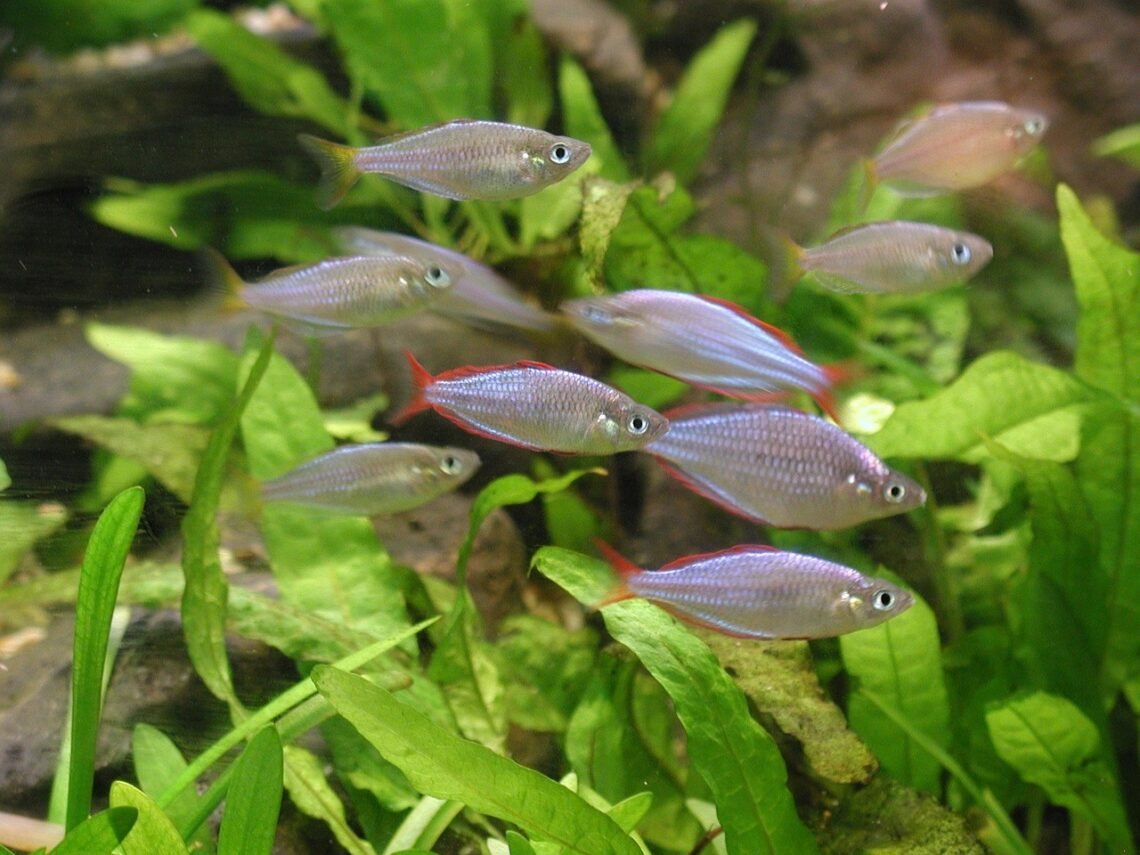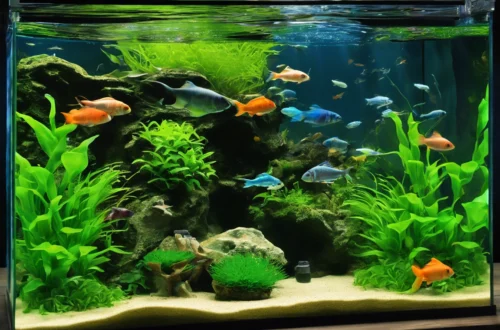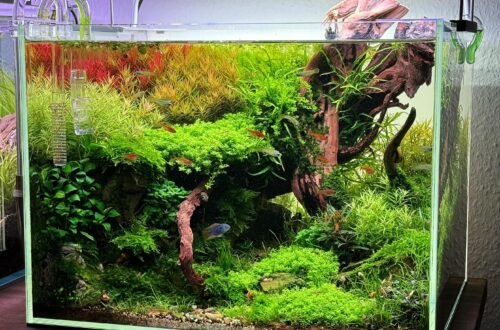Algae growth in an aquarium can be one of the most frustrating aspects of fishkeeping. When I first set up my aquarium, I envisioned a pristine, crystal-clear tank filled with vibrant plants and happy fish. But before long, that dream was overrun by green and brown algae, covering everything from the glass to the plants. It felt like an endless battle that I couldn’t win. After many trials, errors, and adjustments, I finally figured out how to keep algae in check. Here’s my personal journey of managing algae growth and what worked for me.
The Early Struggles with Algae
When I started, everything seemed perfect. I had my tank beautifully set up, the plants were lush, and the fish were lively. But within a few weeks, I noticed a thin green film forming on the glass. I wiped it away, thinking it was a one-time thing, but it came back faster than I could clean it. Soon, the algae spread to my plants and décor, and my tank started looking messy and neglected. It was clear that I needed to figure out the root cause.
Identifying the Culprit: Too Much Light
The first thing I learned was that light is a major factor in algae growth. I had my aquarium lights on for over 12 hours a day because I thought more light meant healthier plants. But this excess light was also feeding the algae. To fix this, I reduced the lighting period to 8 hours a day, using a timer to ensure consistency. The difference was noticeable within a week—algae growth slowed down, and my plants remained healthy.
Nutrient Imbalance: Finding the Right Balance
Next, I realized that nutrient imbalances were contributing to my algae woes. I was overfeeding my fish, which led to excess nutrients in the water. This not only clouded the water but also provided the perfect conditions for algae to thrive. I cut back on feeding, ensuring no food was left uneaten. Additionally, I started dosing fertilizers more carefully, giving my plants just what they needed without overloading the tank.
Adding the Right Clean-Up Crew
One of the best decisions I made was introducing an algae-cleaning crew to my tank. After some research, I added a few Amano shrimp and Nerite snails, known for their algae-eating capabilities. I was amazed at how quickly they got to work! Within days, they had cleaned off the glass and plants, making a significant difference in the appearance of my tank. These little guys became my algae management team, and I couldn’t imagine my tank without them.
Regular Water Changes: My Weekly Ritual
I learned the hard way that skipping water changes leads to algae explosions. Now, I make it a point to do a 20-30% water change every week. This routine not only removes excess nutrients but also keeps the water parameters stable. It’s a bit of effort, but the payoff is huge. My tank looks clearer, and algae have a much harder time gaining a foothold.
Improving Water Flow and Filtration
Good water circulation helps prevent stagnant areas where algae tend to flourish. I upgraded my filter to one that provides better flow and added a small powerhead to ensure even water movement. This improved the overall health of my tank and helped reduce algae growth. Watching debris and algae particles being filtered away gave me peace of mind.
Manual Removal: The Hands-On Approach
While adjusting lighting, nutrients, and water flow made a big difference, I still had to get hands-on with algae removal. Using an algae scraper became part of my weekly maintenance. I would carefully scrape the glass and gently clean the leaves of plants. Though not my favorite task, it’s a necessary step that keeps algae from taking over.
Experimenting with Algae Control Products
At one point, out of sheer frustration, I tried several algae control products on the market. Some worked temporarily, while others didn’t make much of a difference. Over time, I realized that these products are just a band-aid. The real solution lies in managing the underlying causes of algae growth. While algae removers might give a quick fix, maintaining proper tank conditions is what truly keeps algae at bay.
Learning to Appreciate Balance
The biggest lesson I’ve learned from battling algae is that balance is key. Algae are a natural part of any aquatic environment. The goal isn’t to eliminate them entirely but to manage their growth so that they don’t overwhelm the tank. By adjusting my lighting, feeding, and maintenance habits, I’ve found a balance where my tank looks vibrant and healthy, with only minimal algae that my clean-up crew handles with ease.
My Ongoing Journey
Managing algae growth is an ongoing process. Even with everything I’ve learned, occasional flare-ups still happen, especially when I try something new in the tank. However, I no longer see algae as the enemy. Instead, it’s a reminder to pay closer attention to the tank’s needs. The more I tune in to what’s happening in my aquarium, the better I become at keeping algae under control.
Algae growth in an aquarium can feel like a constant battle, but it’s one that you can manage with the right approach. By reducing light, balancing nutrients, maintaining a good clean-up crew, and committing to regular maintenance, I’ve turned my tank from an algae jungle into a beautiful, thriving underwater world. If you’re struggling with algae, remember that small adjustments can make a big difference. Don’t give up—find what works for your setup, and enjoy the journey of creating a balanced and stunning aquarium.
FAQs
- How can I reduce algae growth in my aquarium?
Reduce lighting to 8-10 hours a day, balance nutrients, and perform regular water changes. - What are the best algae eaters for my tank?
Amano shrimp, Nerite snails, and Siamese algae eaters are excellent choices. - Should I use algae control products?
They can provide temporary relief, but focus on managing the causes of algae for long-term results. - How often should I clean algae from my tank?
Regular cleaning, including scraping glass and removing excess algae, should be part of weekly maintenance. - Can too much light cause algae?
Yes, excessive light promotes algae growth. Adjust your lighting schedule to reduce this risk.






